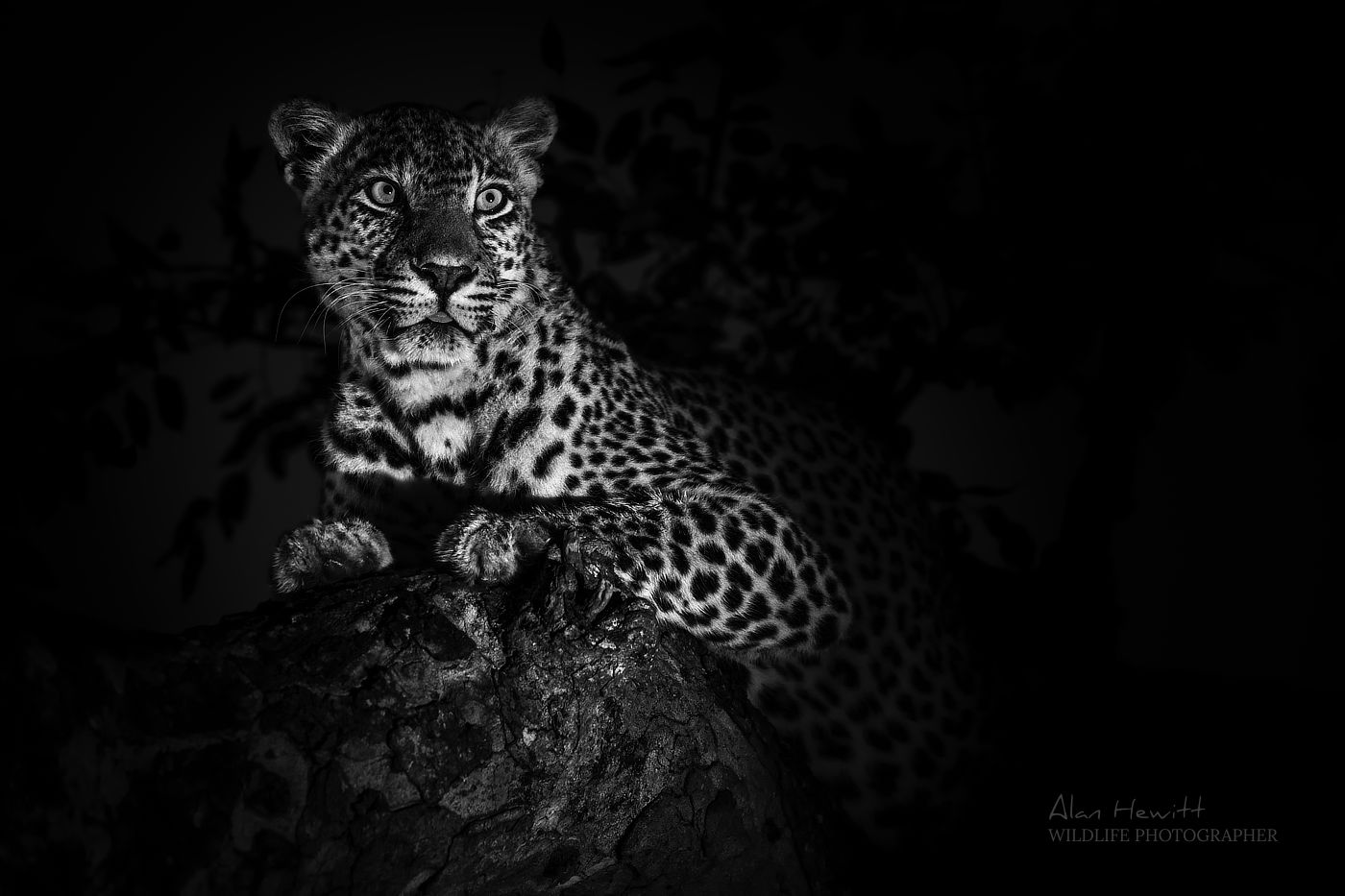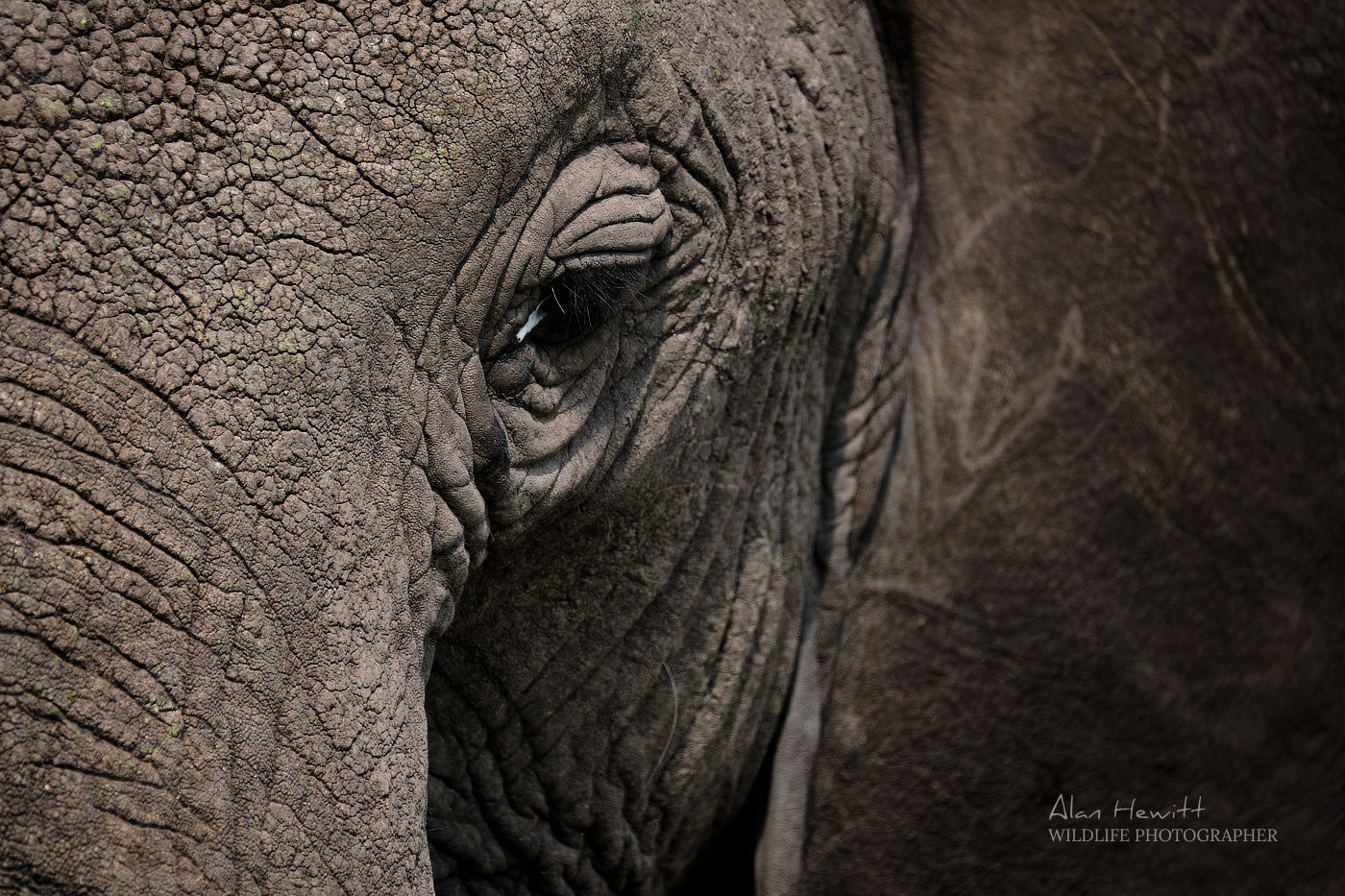Getting geared up for a wildlife photography safari is crucial to the enjoyment and success of what may be a once in a lifetime experience. Aside from the obvious things like cameras and lenses there are a few other bits and pieces that need careful consideration for space in your camera bag or luggage. Even this is a decision in itself! What goes in the camera bag as hand luggage and what can be put in the hold?
I work on the basis that anything that is essential to the photographic succes of the trip is packed in my camera bag and stays with me as hand luggage and anything that is ‘good to have but not essential’ can go in my larger bag as hold luggage. Your airline may also allow you to take a second item of cabin / hand luggage such as a small laptop bag.
In this blog post, I’m going to provide a list of what I take and how I pack it with some notes on anything that may not be quite as straightforward as it may seem. But firstly, we need a camera bag and it needs to fit into the dimensions allowed by the airlines you choose. Make sure it provides adequate protection for expensive cameras and lenses and if needed, a dedicated laptop sleeve.

My Essentials
| Camera 1 | Camera bag | |
| Camera 2 | Camera bag | It’s a good idea to take a second camera body to use with a different lens and also as a back up. |
| Lenses | Camera bag | Sometimes some lenses are just too big and heavy to get into hand luggage and may need to go as hold luggage. If so, invest in a good hard case, make sure it’s insured and contact your airline for further advice. |
| Memory cards & card reader | Camera bag | You probably can’t use your camera without them! |
| Batteries | Camera bag | You probably can’t use your camera without these either and lithium batteries must be stored appropriately in hand luggage in the cabin. |
| Chargers | Camera bag | If you can’t use your camera without batteries, you’re going to need to charge them up regularly. |
| Camera Covers (1) | Camera bag | Helps to protect lenses against dust and showers. Can be used as extra camera bag padding too. |
| Camera covers (2) | Camera bag | Different to above, I use these bags to store my cameras in when travelling, when not in use in safari vehicles and sometimes, when changing lenses: Camera dust bags |
| Head torch | Camera bag | Very useful for packing camera gear in the dark. Needs to have a red filter light to help preserve night vision. Also for infrequent power cuts at camps / lodges. |
| Travel documents | Camera bag or pocket | A pair of trousers with plenty of pockets is a good idea for travelling in. |
| Personal medication | Camera bag | Prescribed medication plus anything recommended for the region you are travelling to such as anti-malarial tablets. |
| Camera cleaning kit | Camera bag | Essential for cleaning of cameras, lenses and filters. |
| Laptop | Camera bag or second cabin bag | Your airline may allow two items of hand luggage to be brought into the cabin. |
| Hard drives | Camera bag or second cabin bag | For backing up photographs form memory cards. |
| Cables & plugs | Camera bag or second cabin bag | Chargers, laptops, hard drives, card readers all need connectivity for power and for use. |
| Lens filters | Camera bag | Any graduated filters, polarisers, lens protectors etc. Maybe not necessarily be essential but they can be very expensive and fragile so they earn a place in my camera bag. |
| Change of clothes | Camera bag or second cabin bag | Maybe a spare t-shirt and underwear in case I want to change on longer flights. |
| Currency | Camera bag or pockets | |
| Contact lenses / spectacles | Camera bag or second cabin bag | I can’t see much without either of these necessary evils! |
| Smartphone | Camera bag, second cabin bag or pocket |
Notes
When packing your camera bag I am an advocate of good organisation. Multiple layers of airport security can be stressful at any time, but with a badly packed camera bag full of expensive, fragile and easy to misplace items, it is even more stressful.
Use pouches for batteries and memory cards. Tie up loose cables in elastic bands or use dedicated cable holders. I also leave a small gap in my camera bag to transfer anything from pockets, e.g. coins, wallet, smartphone, passport etc. This way I don’t have to empty my pockets of several items at airport security checks.
You may have to unpack larger lenses, cameras and laptops for scanning. Packing efficiently will be a great aid to re-packing after you have passed through security.

Hold Luggage and extras if I have room…
… for those ‘good to have but not essential’ photography related items.
Ideally I’d carry my monopod with my camera bag. A monopod is very useful when you’re holding a heavy telephoto lens for a period of time waiting to photograph a moment of action or specific behaviour. They collapse down for storage in lugagge and in the safari vehicles. When used, they don’t take up much space in their floor ‘footprint’. A tripod is out of the question for safari vehicles unless you have it all to yourself.
If I have room and my airline allows it, I will carry my monopod and head (plus the connecting plates for head to camera – remember to bring these too!) in my camera bag. If not, it goes in the hold luggage.
I often carry a shemagh when I’m on safari. This is one of those arabic style head scarfs. They have multiple uses, firstly to keep you warm on cold mornings and evenings. Secondly, a useful camera / lens cover throughout the day and thirdly if I have room in my camera bag it is also extra padding.
I also like to take a few hex keys for my monopod and connecting plates. Ideally this will be in my camera bag but if it is problematic with airport security then they may need to go in my hold luggage. I also have a Giotto rocket dust blower for sensor cleaning. It’s shaped like a hand grenade and I’ve given up on explaining this to airport security so now it just goes in my hold luggage!



[…] also has a blog post on his own website about equipment and packing for a photography safari. Click here to visit the blog on Alan’s […]